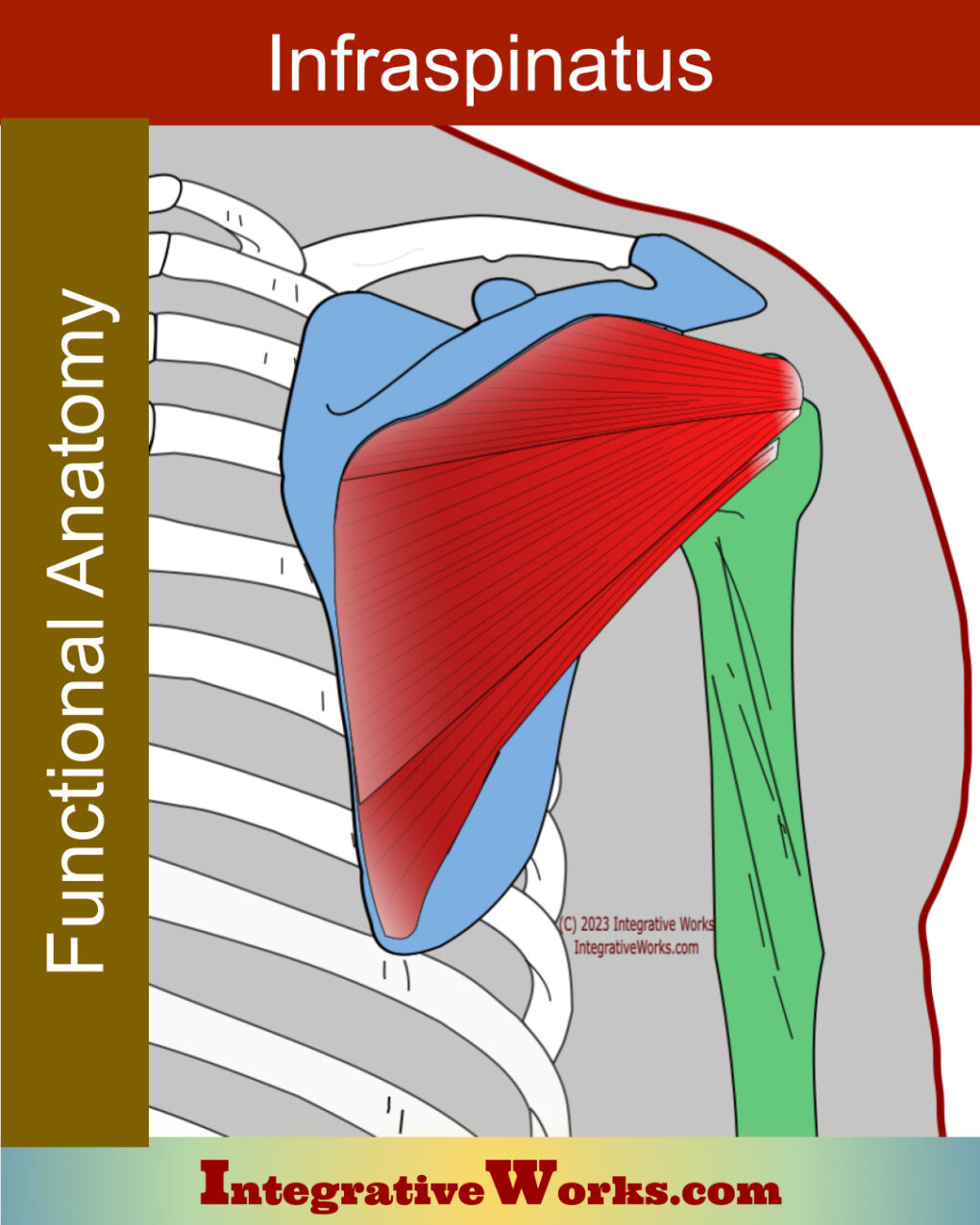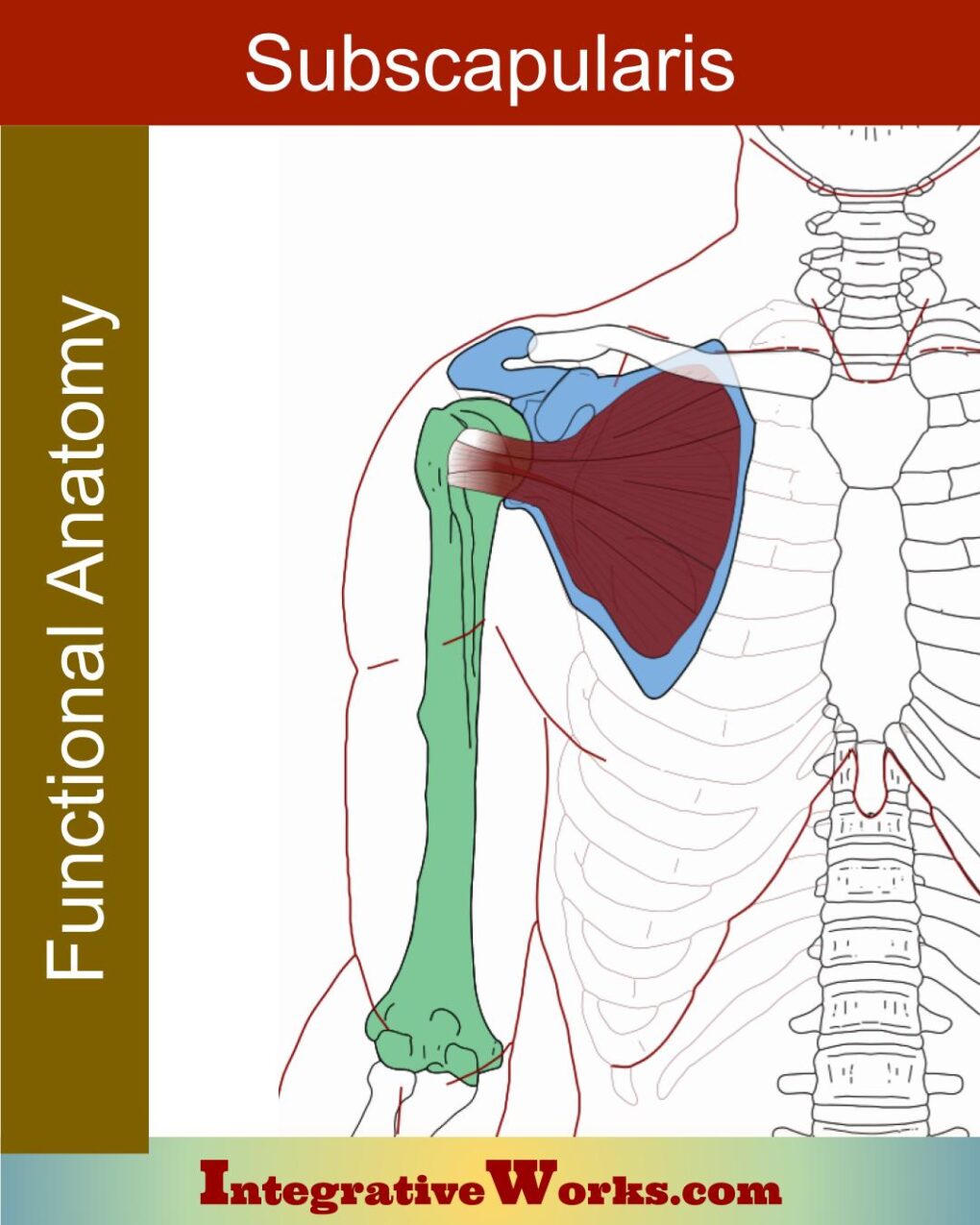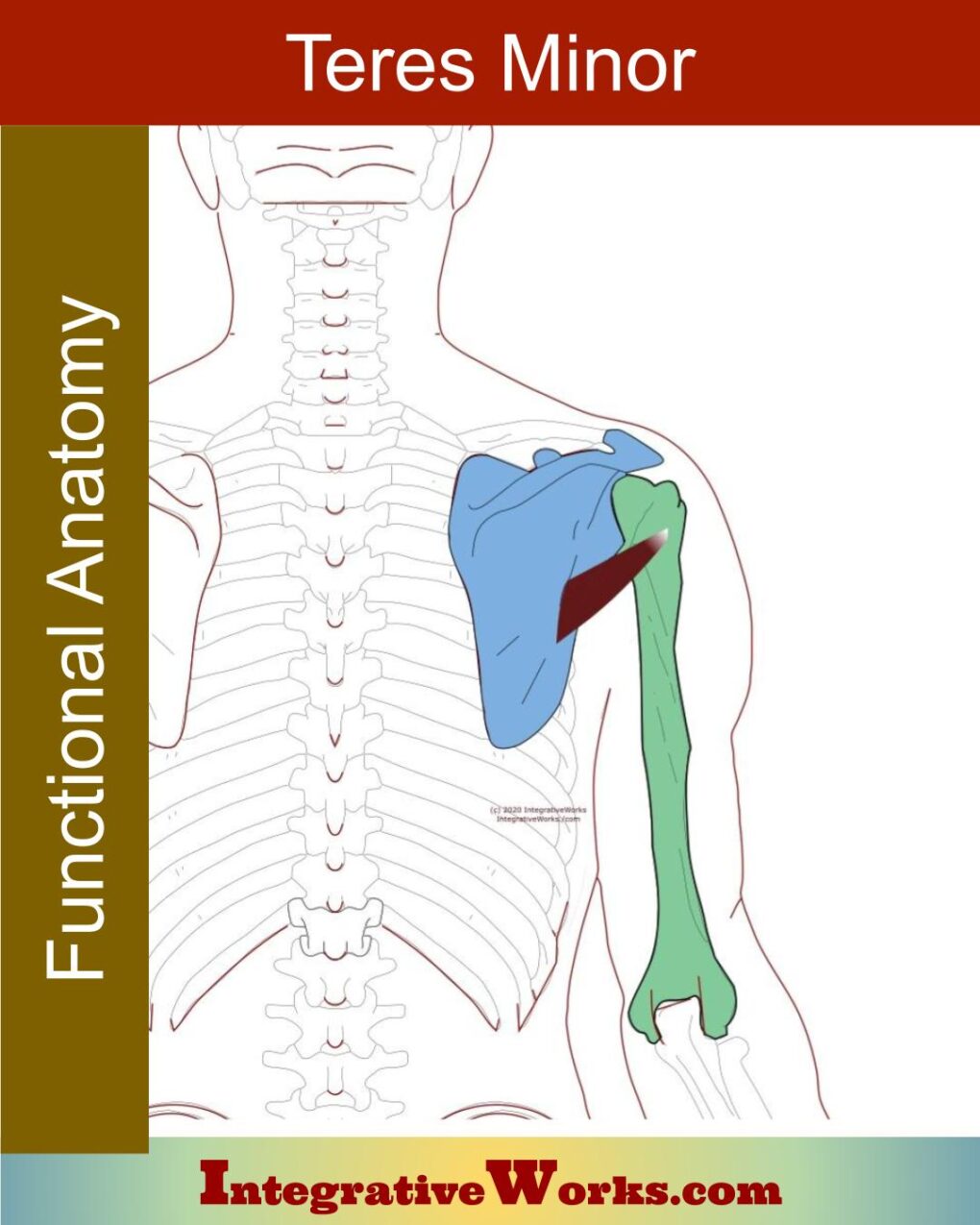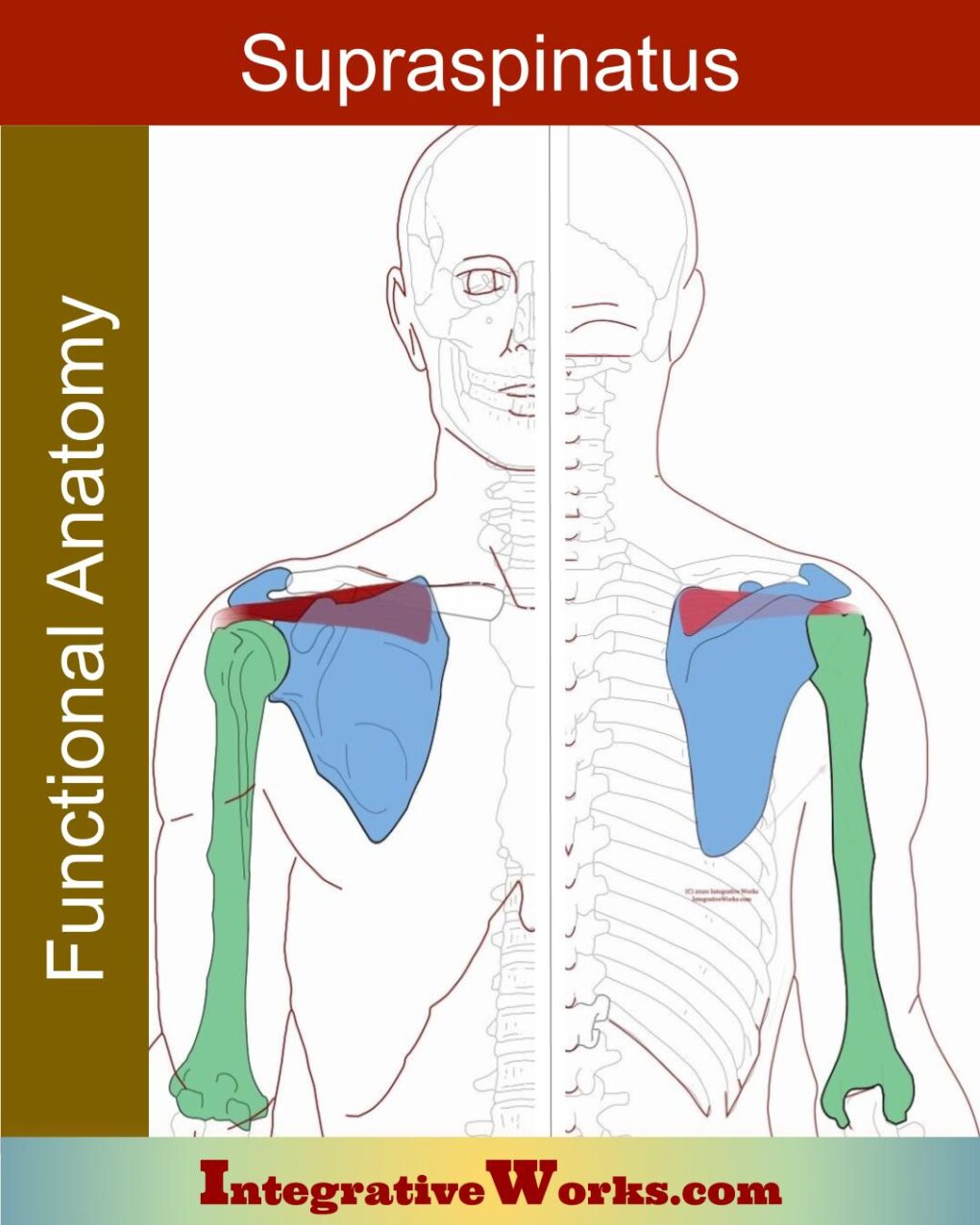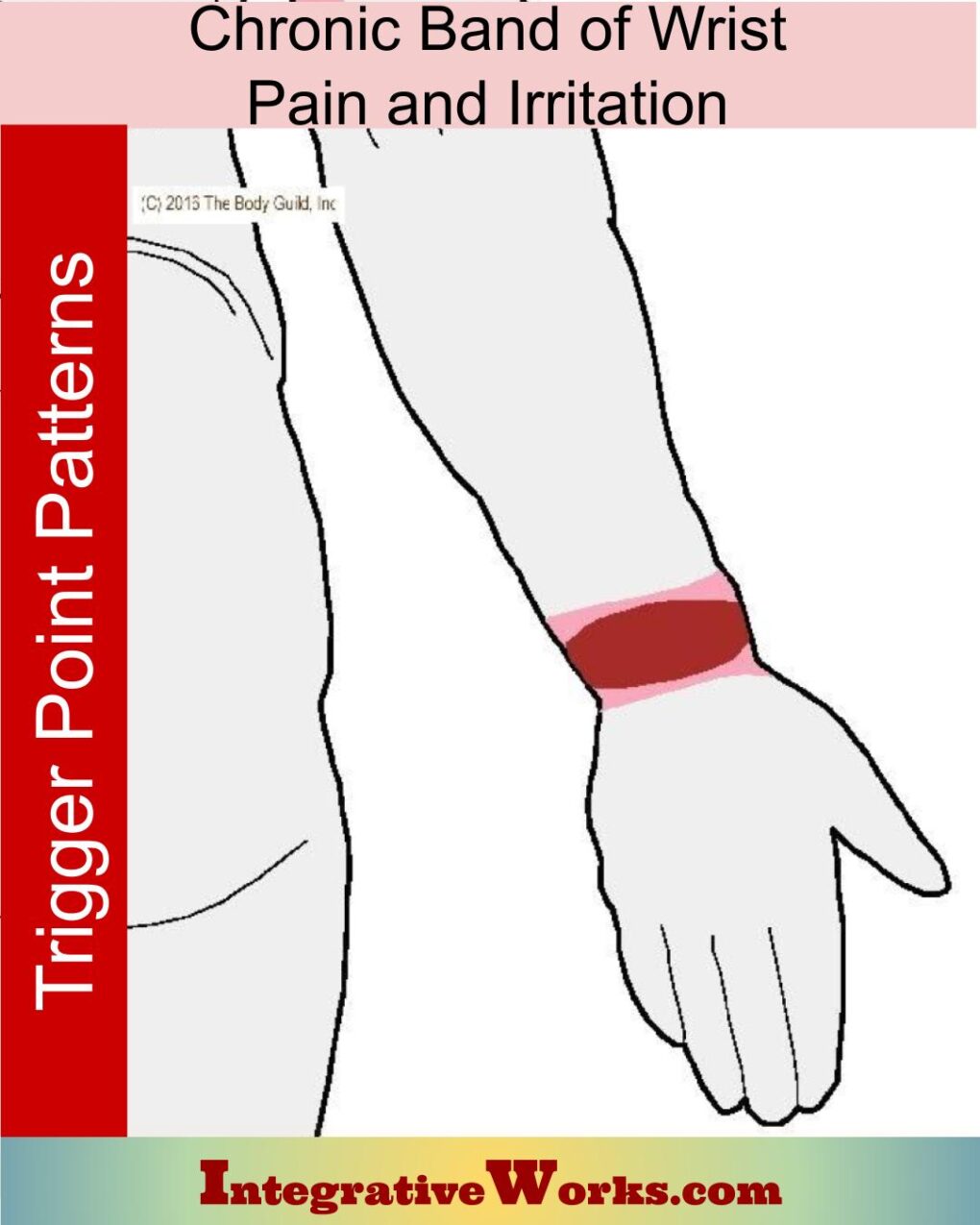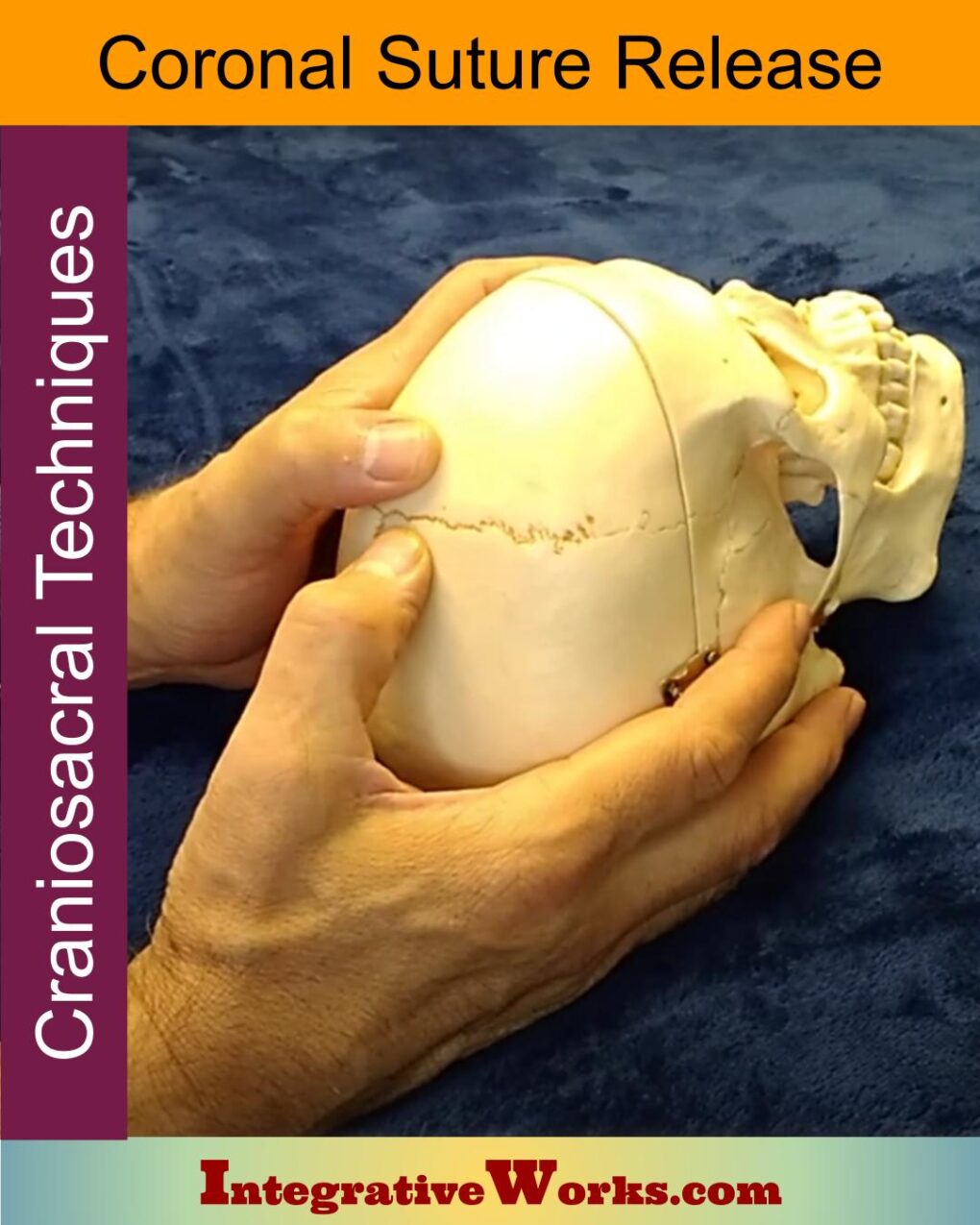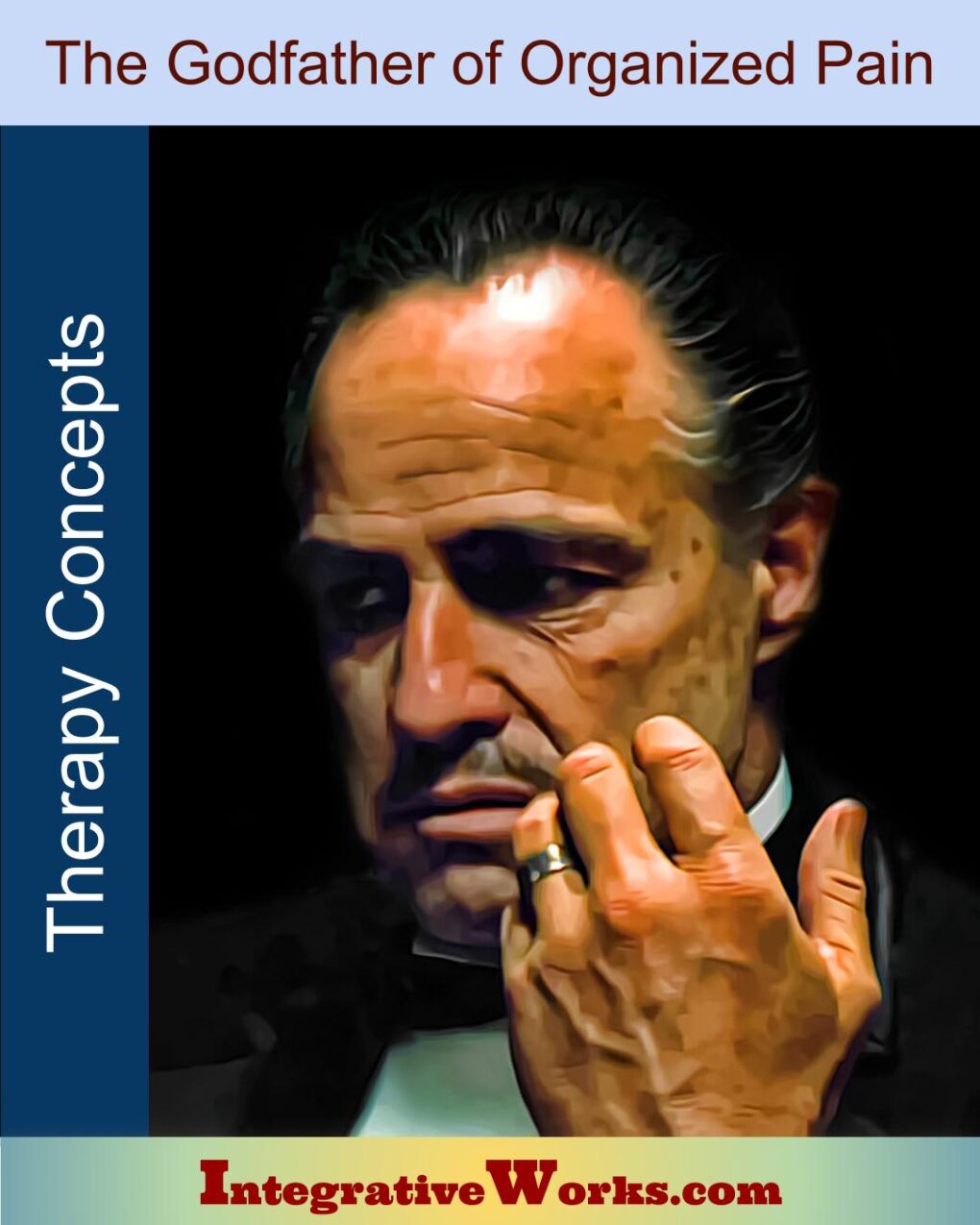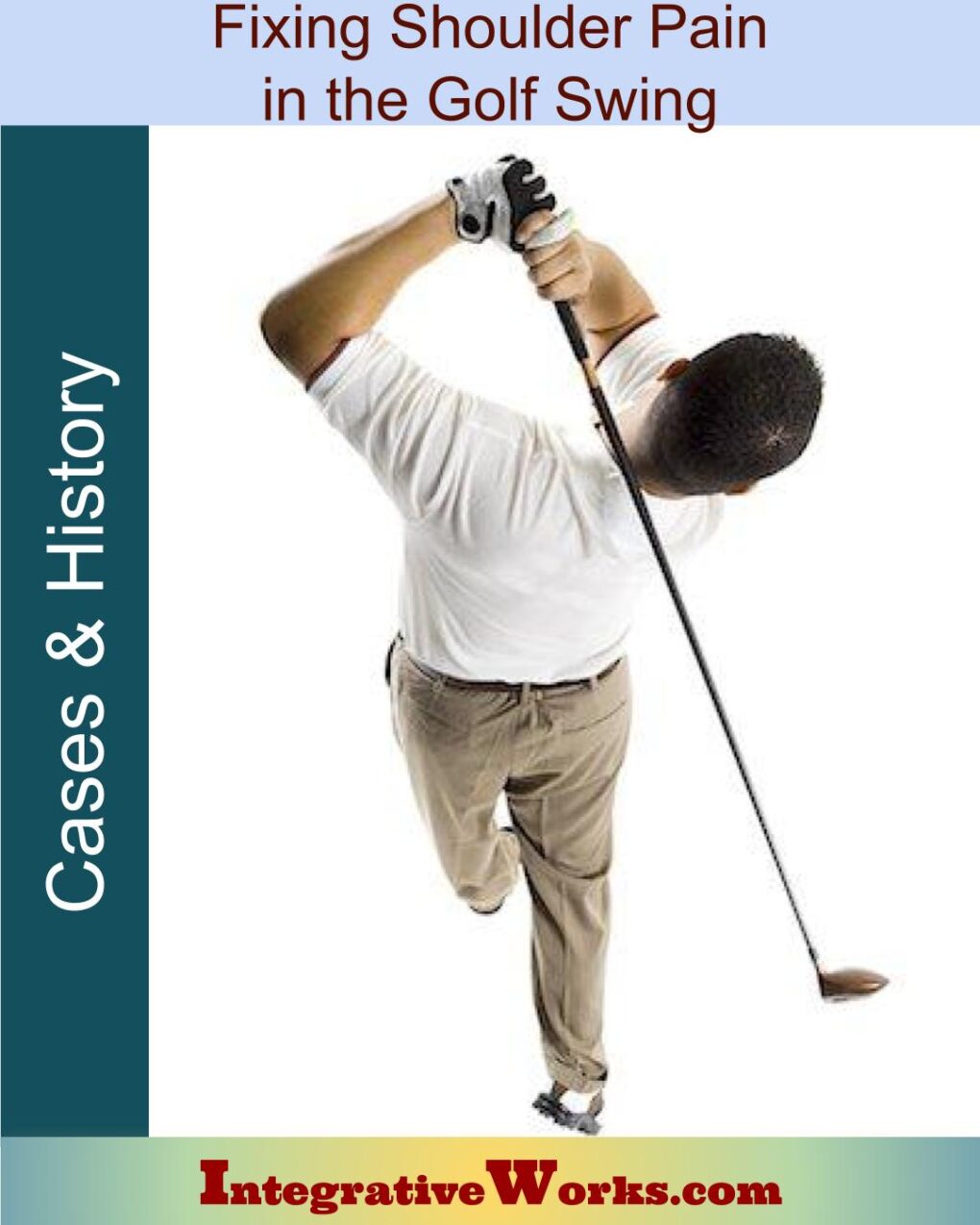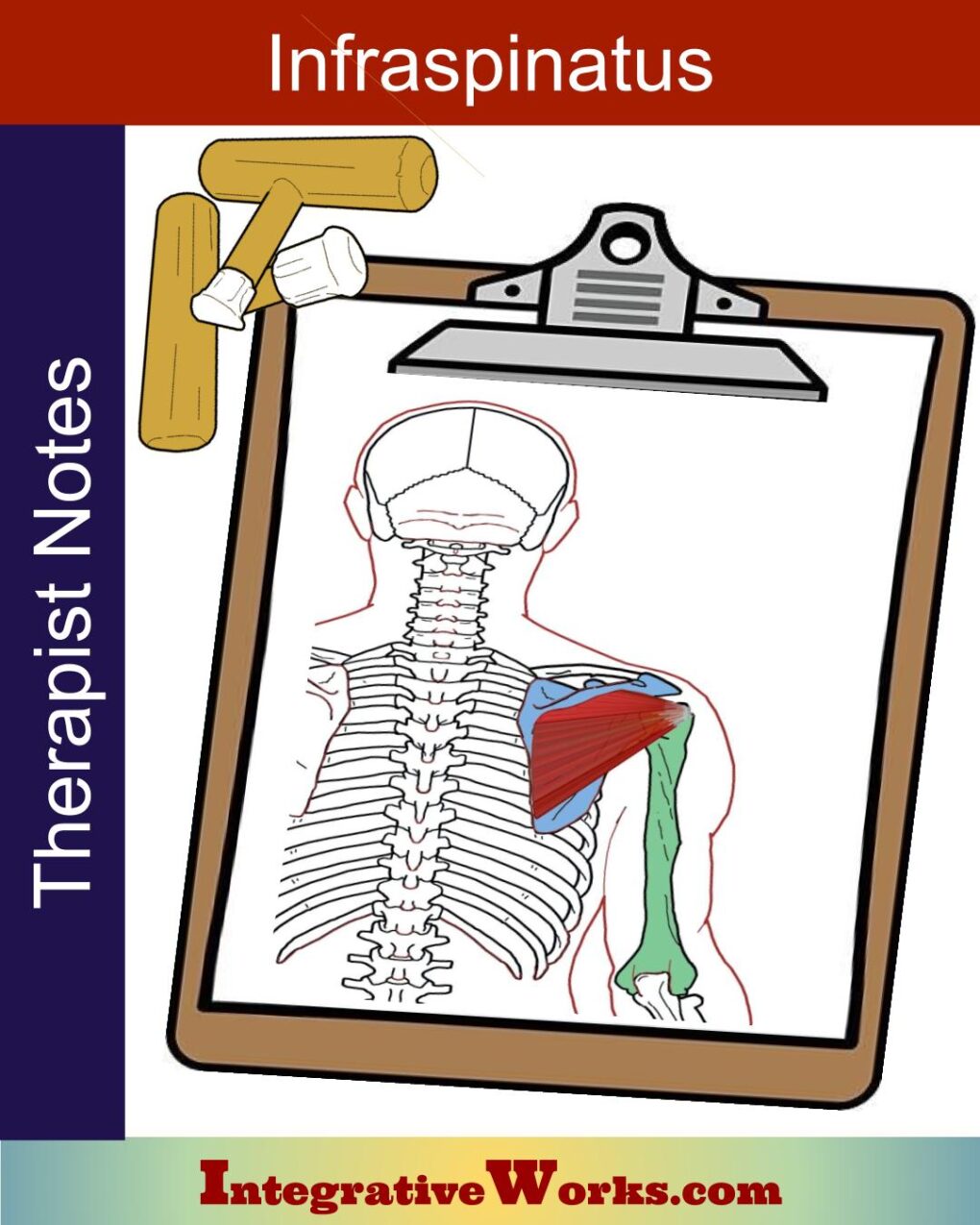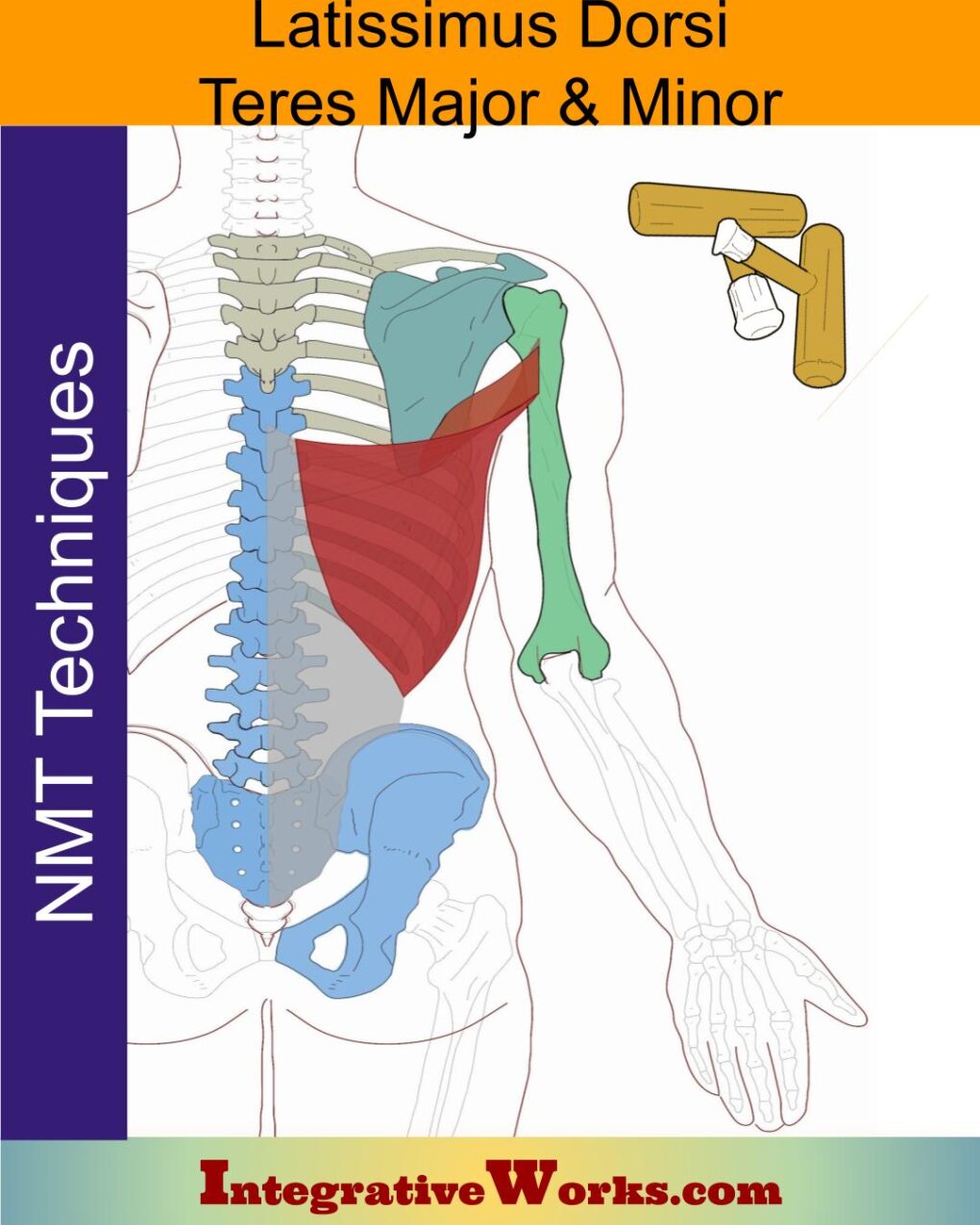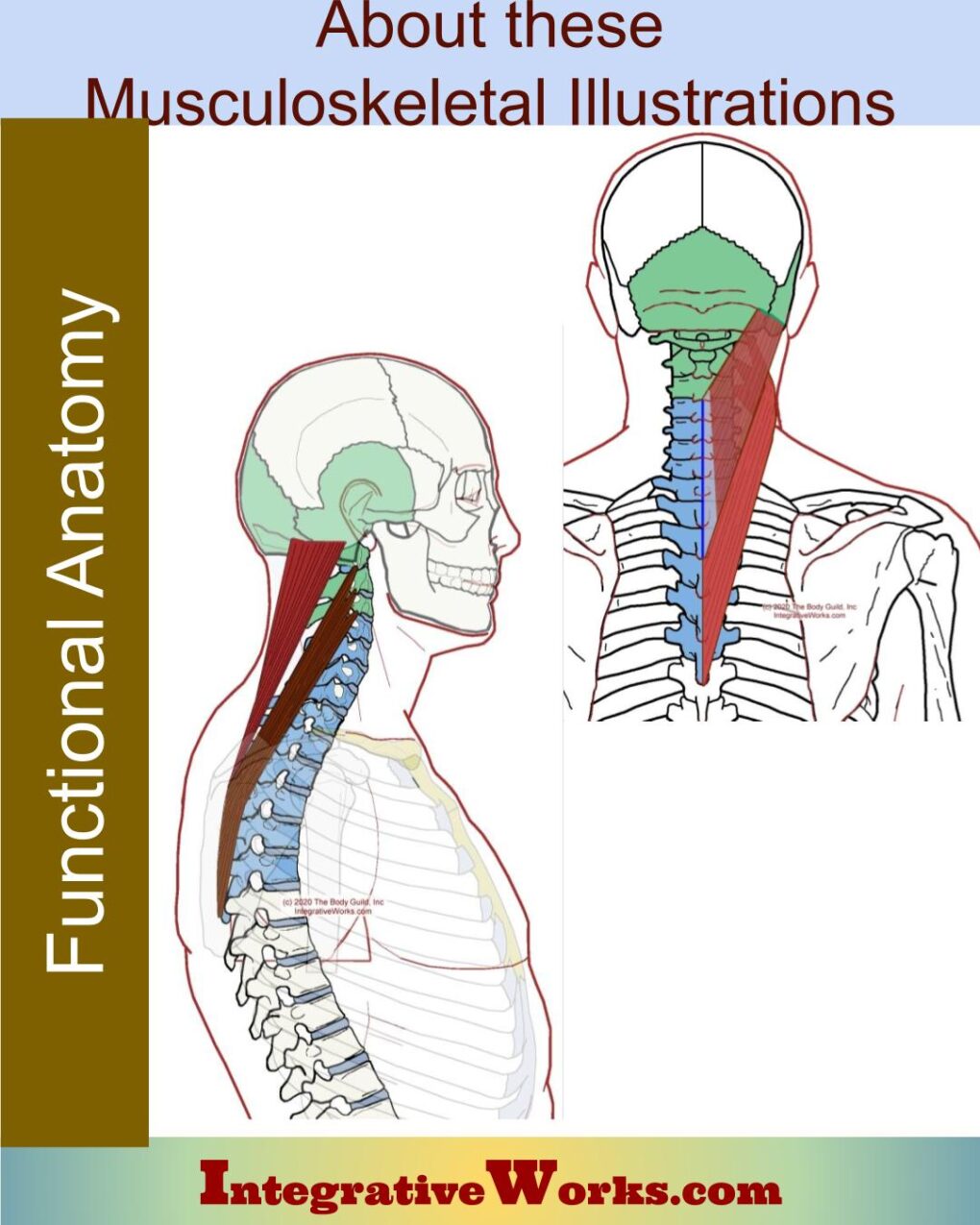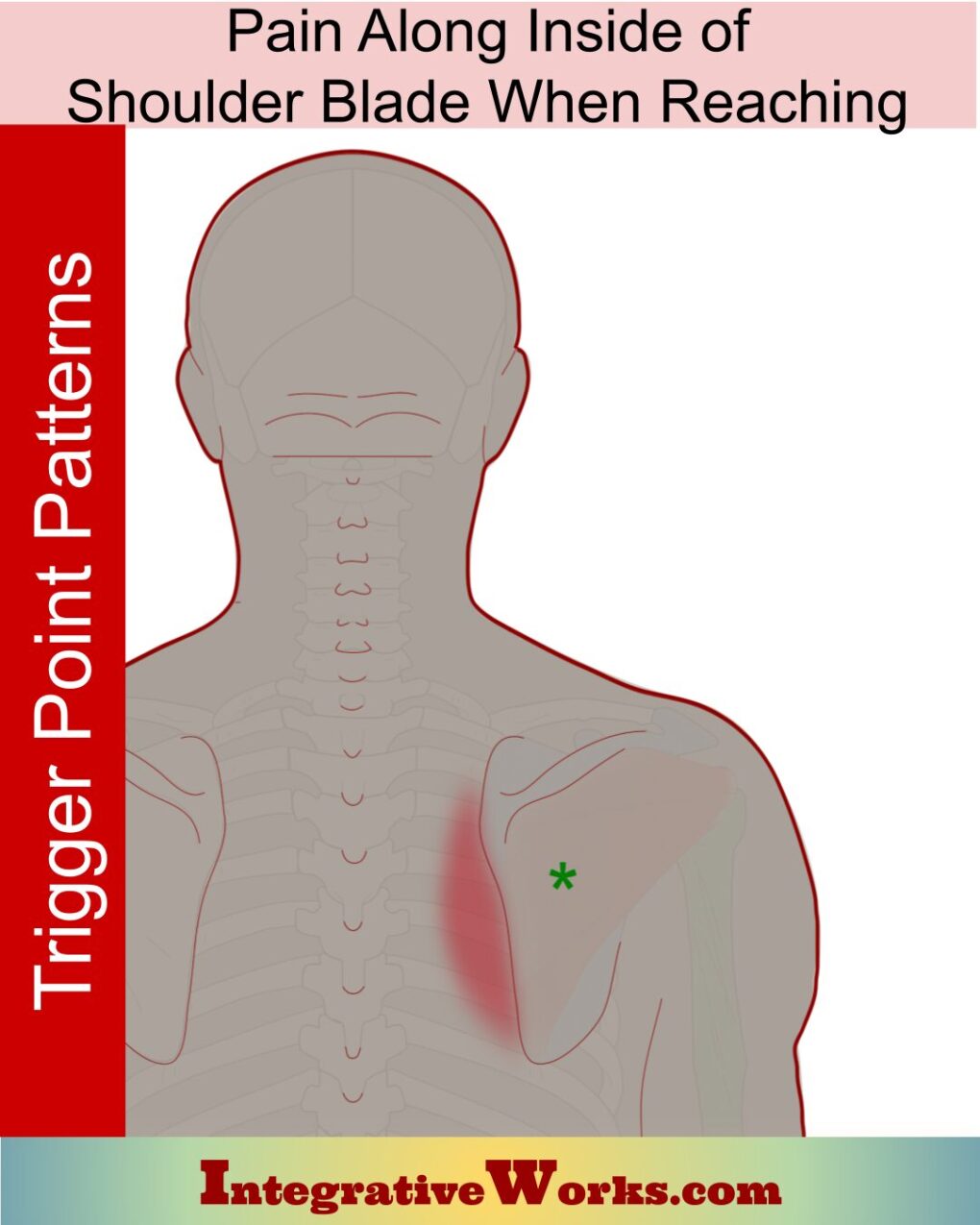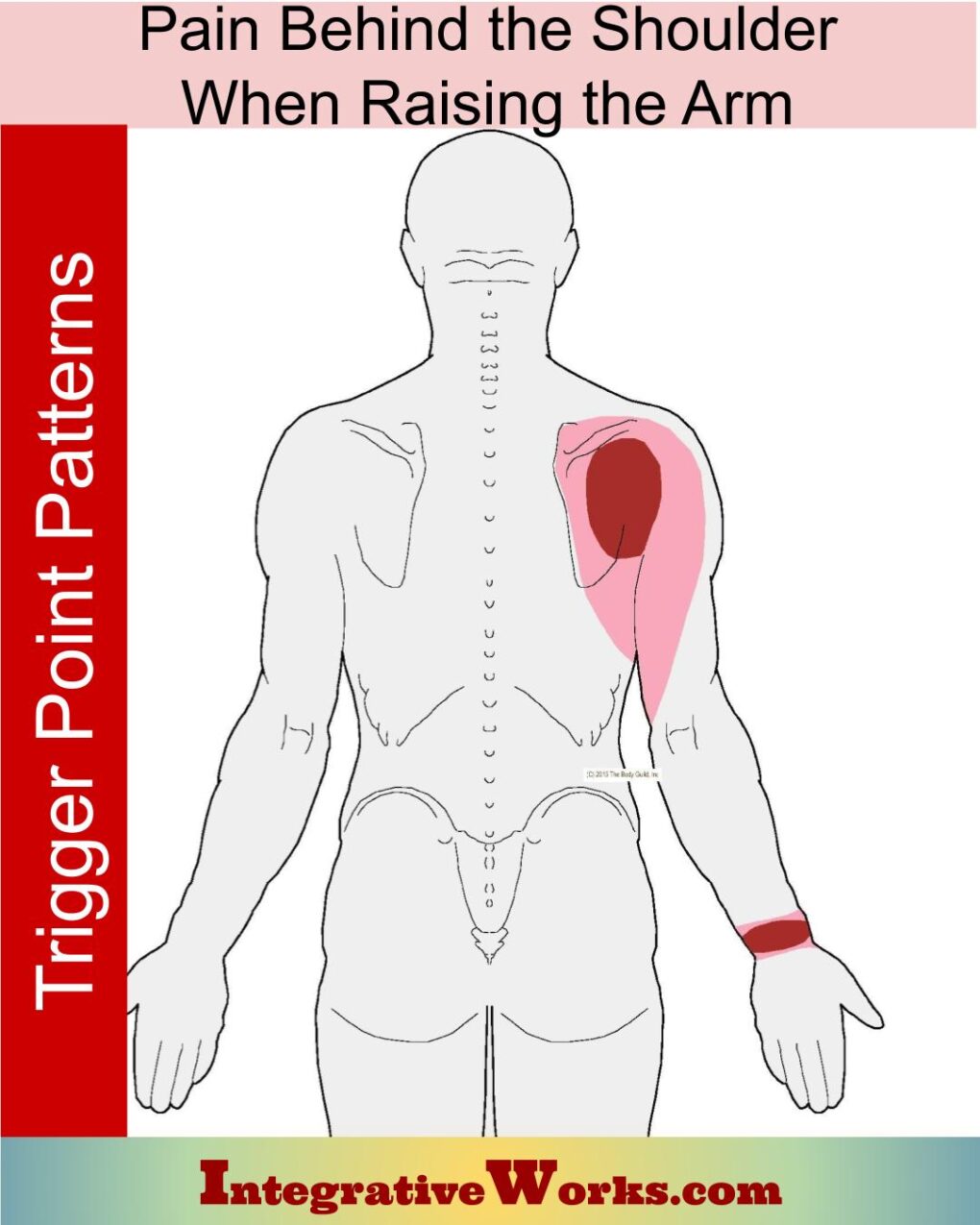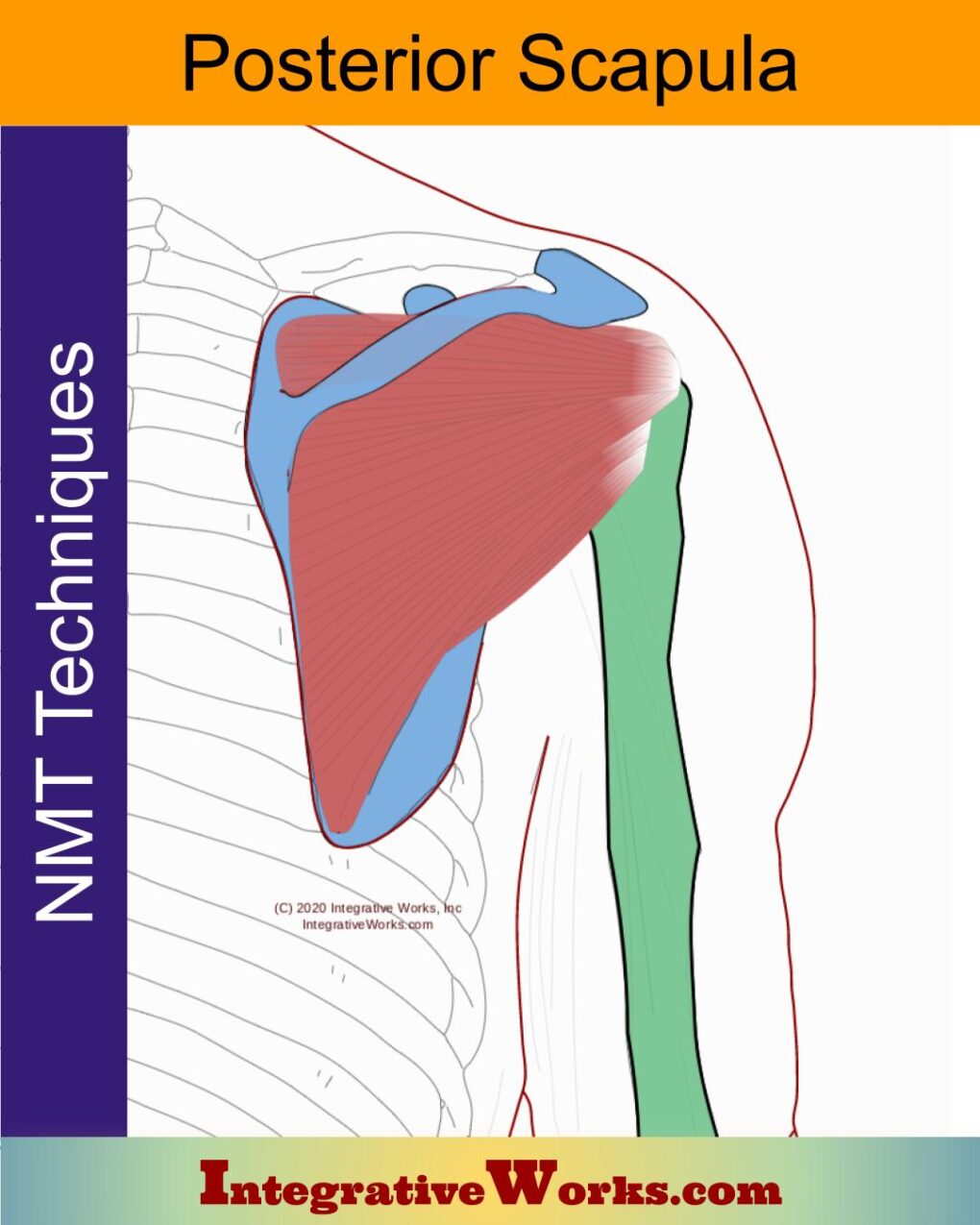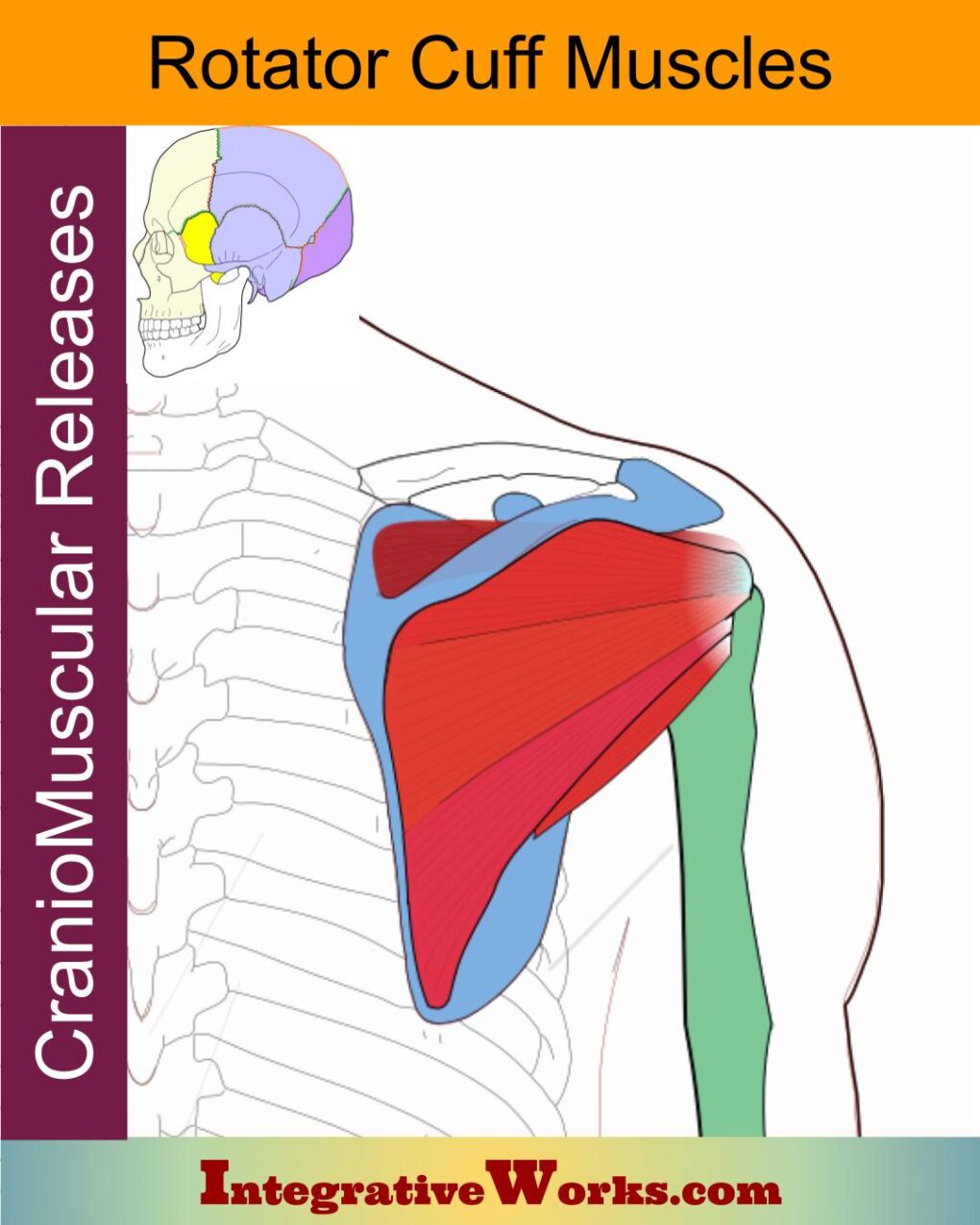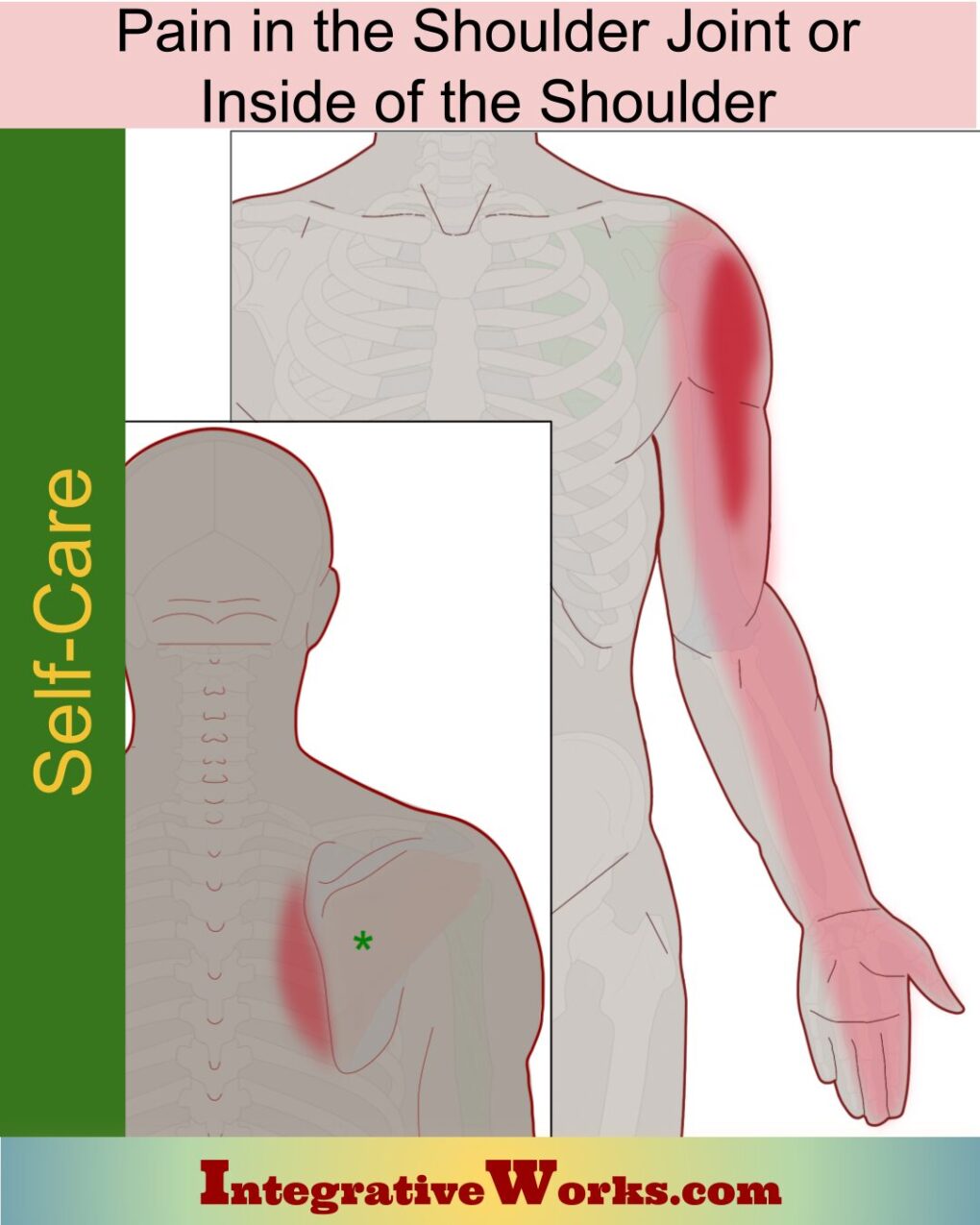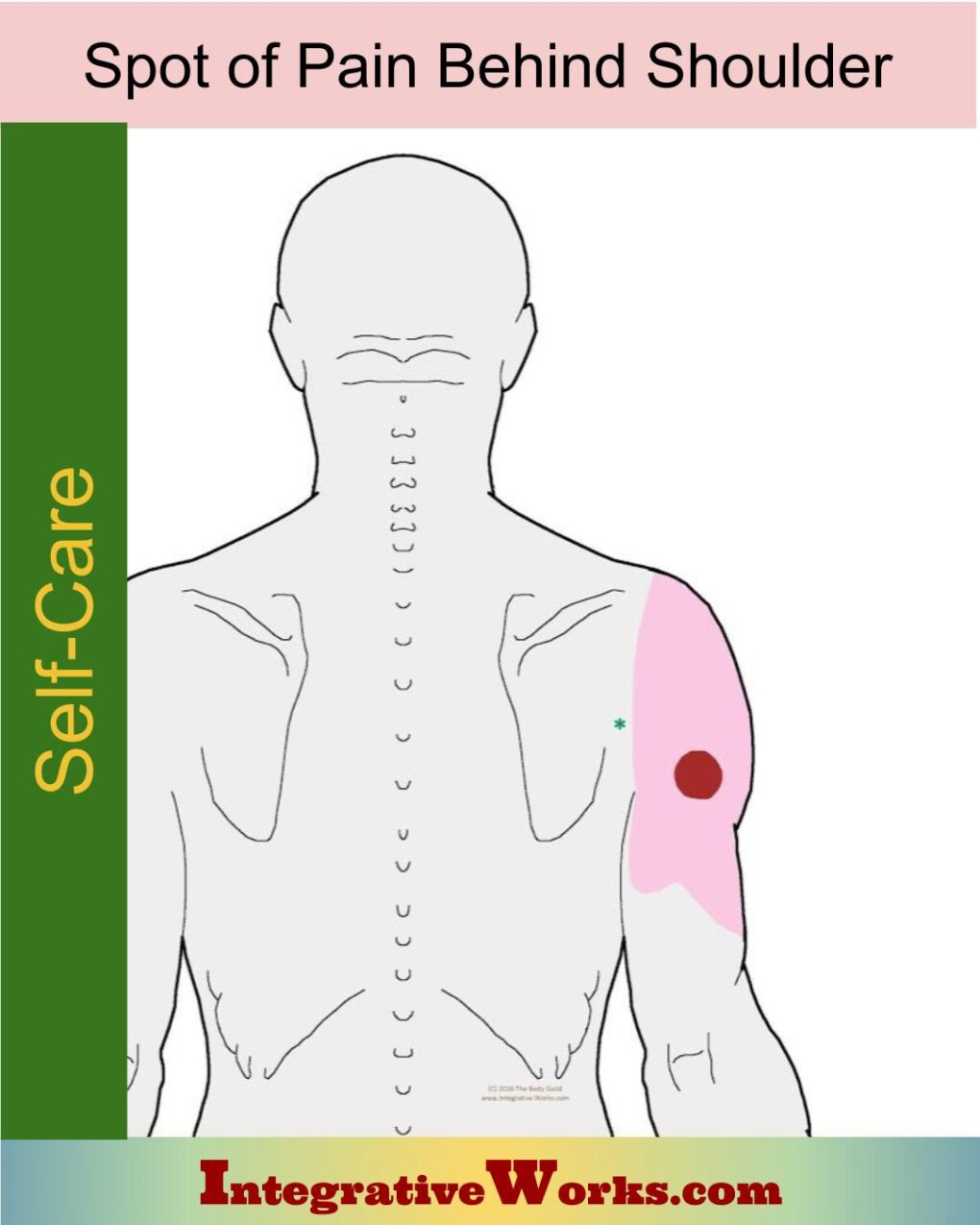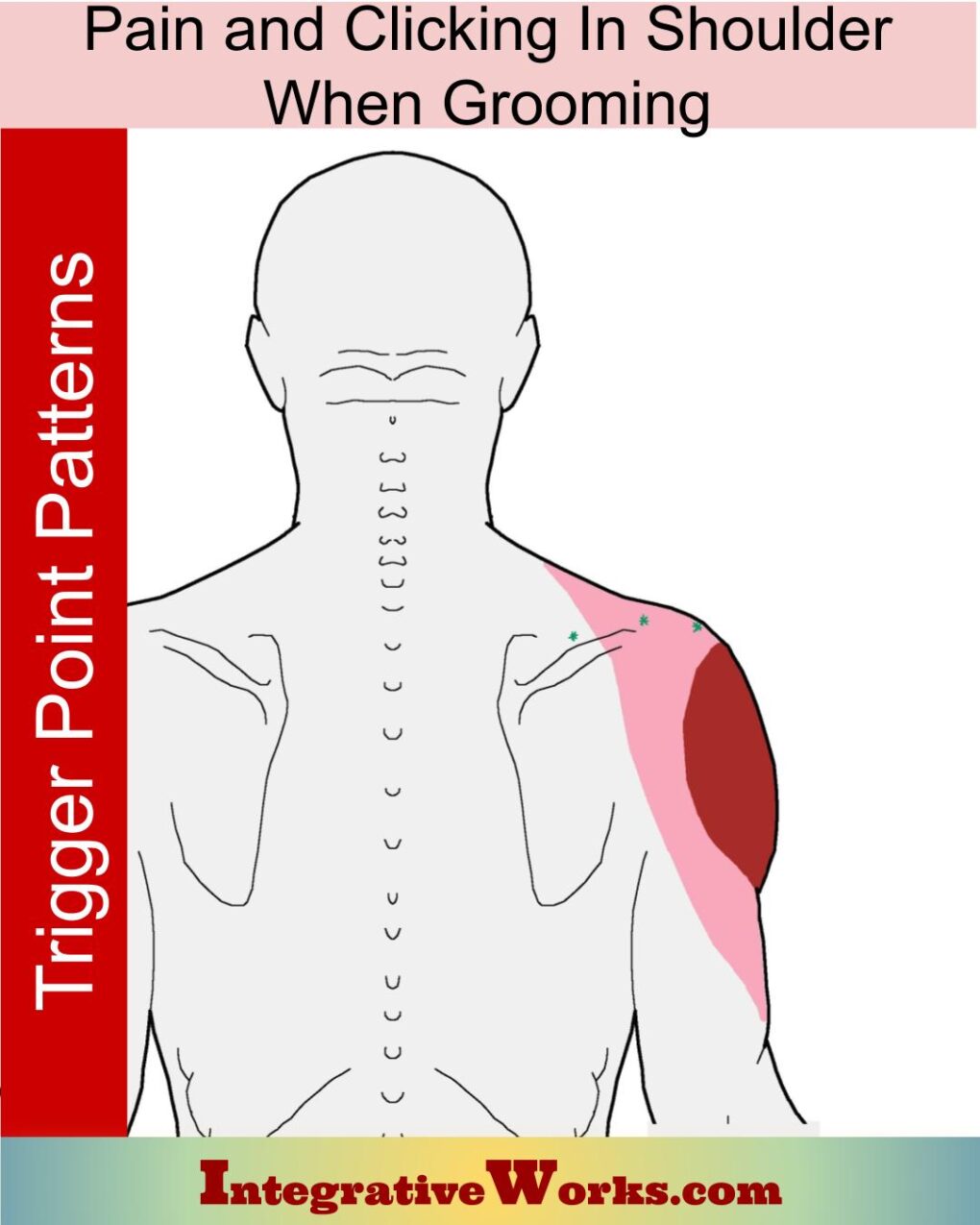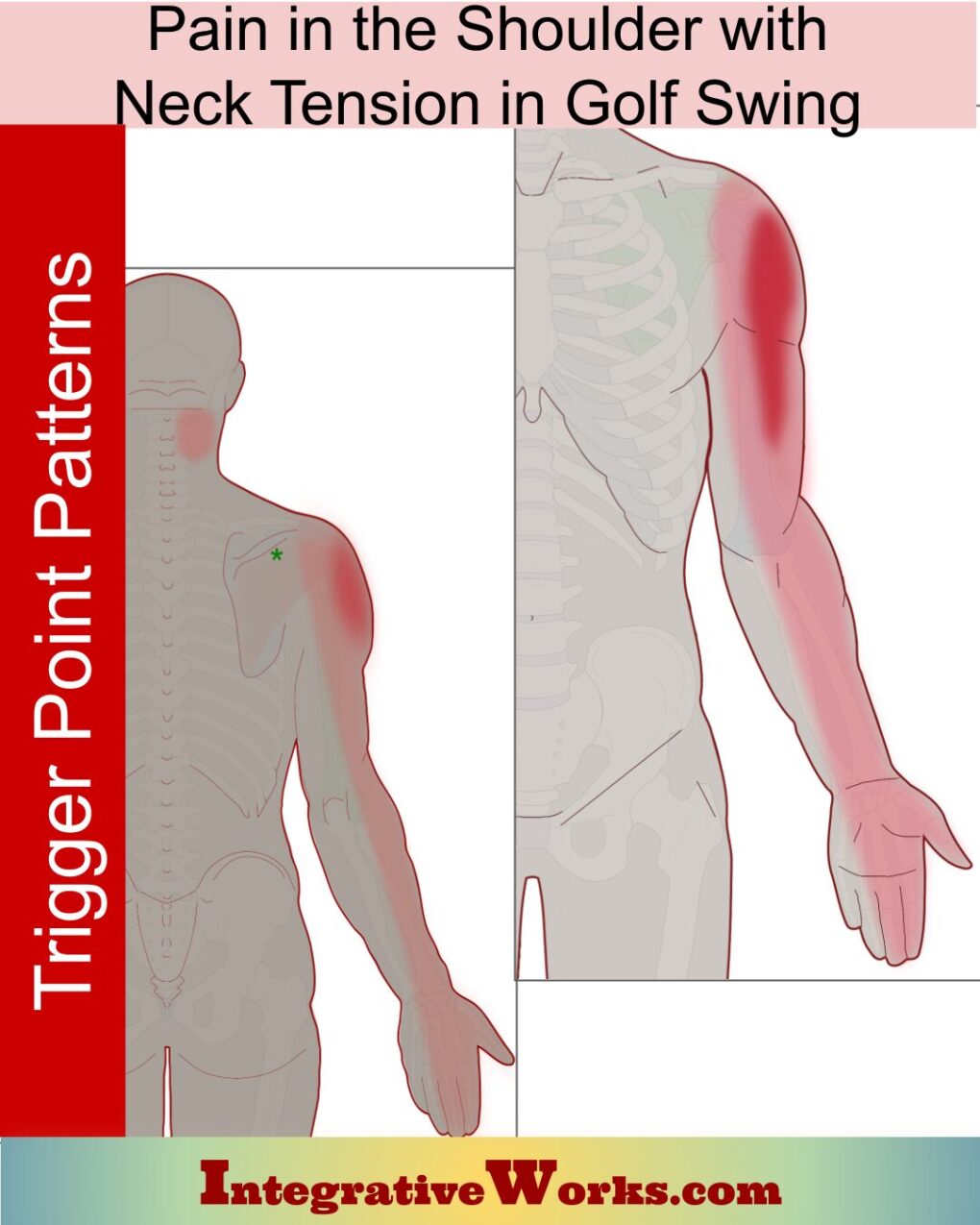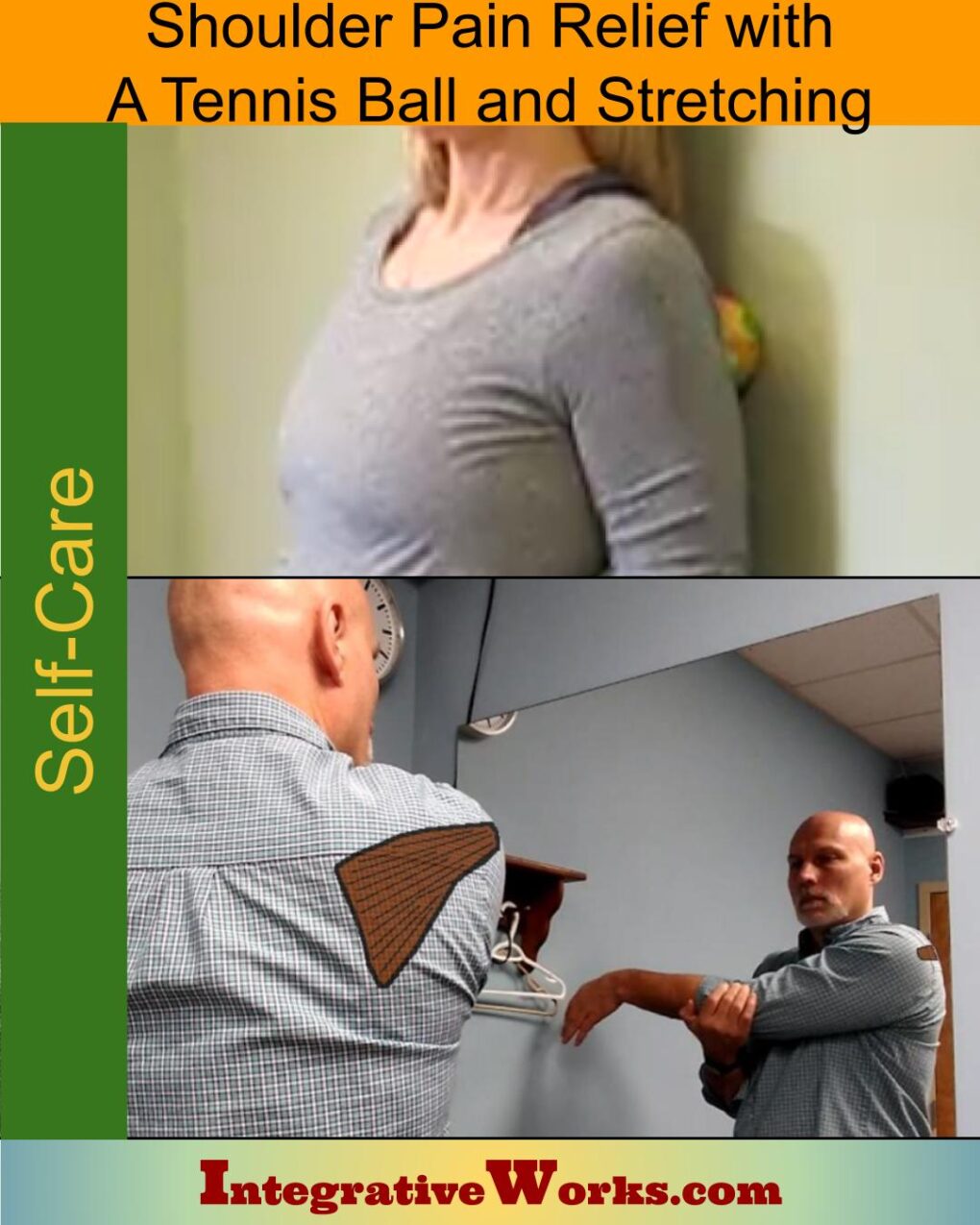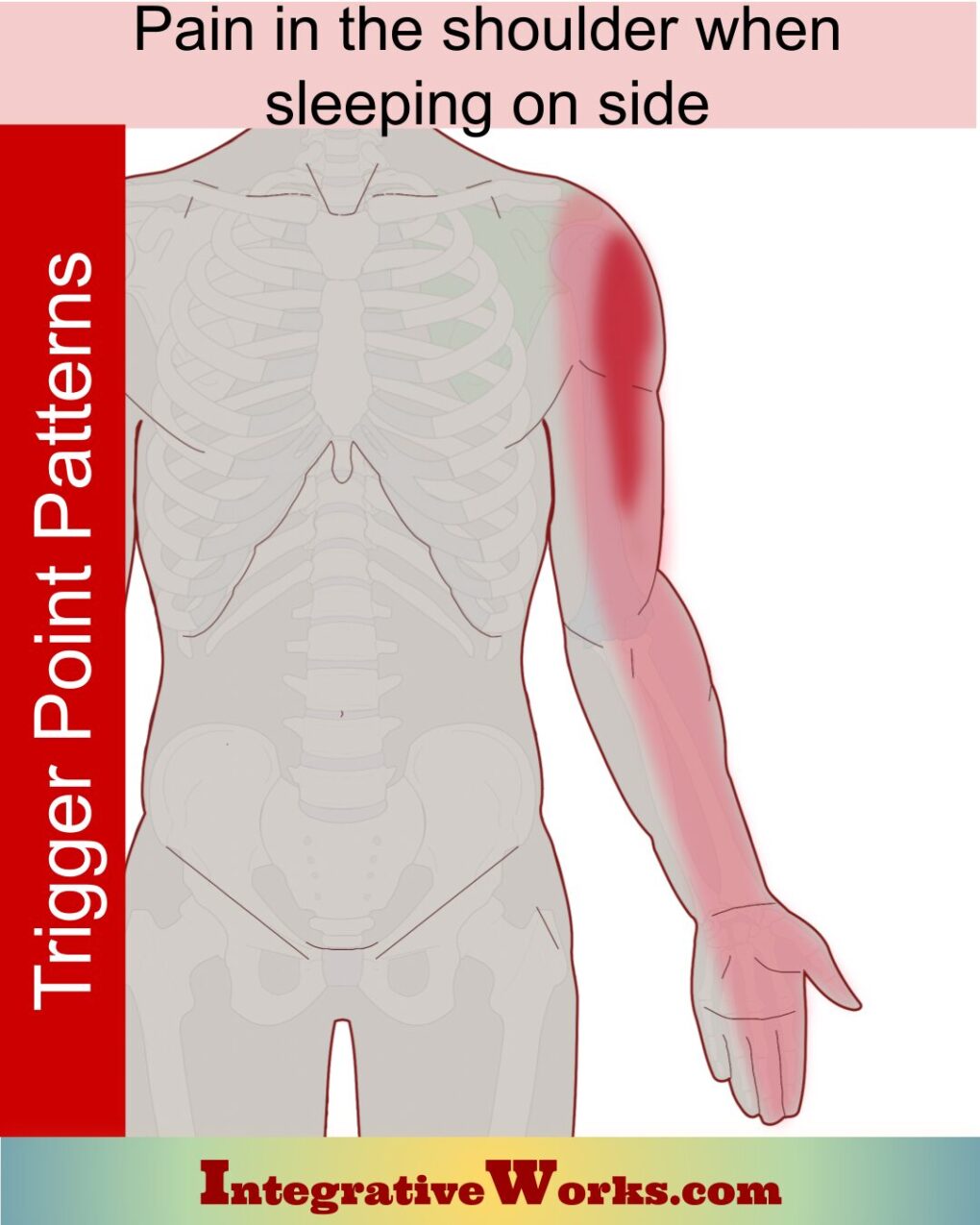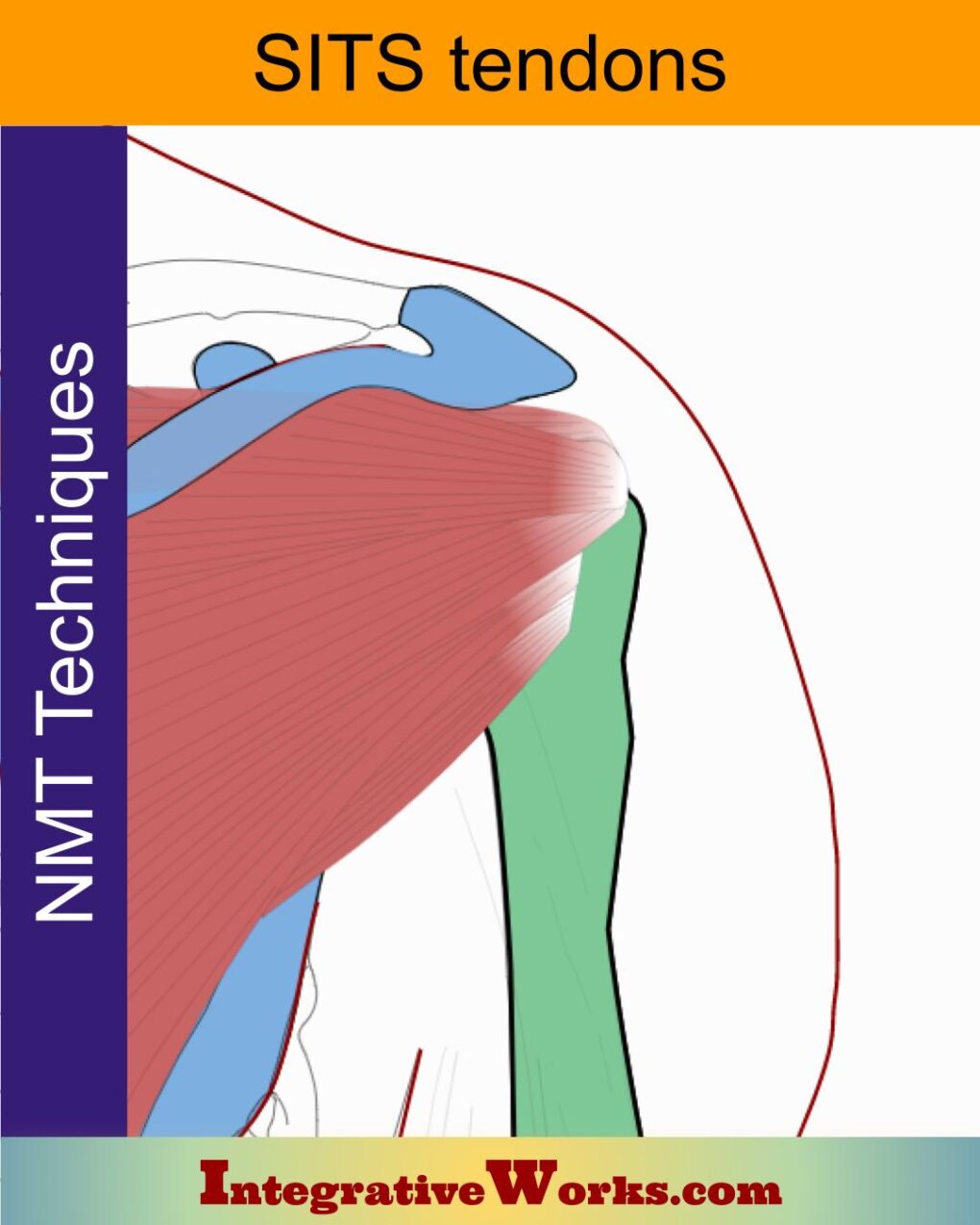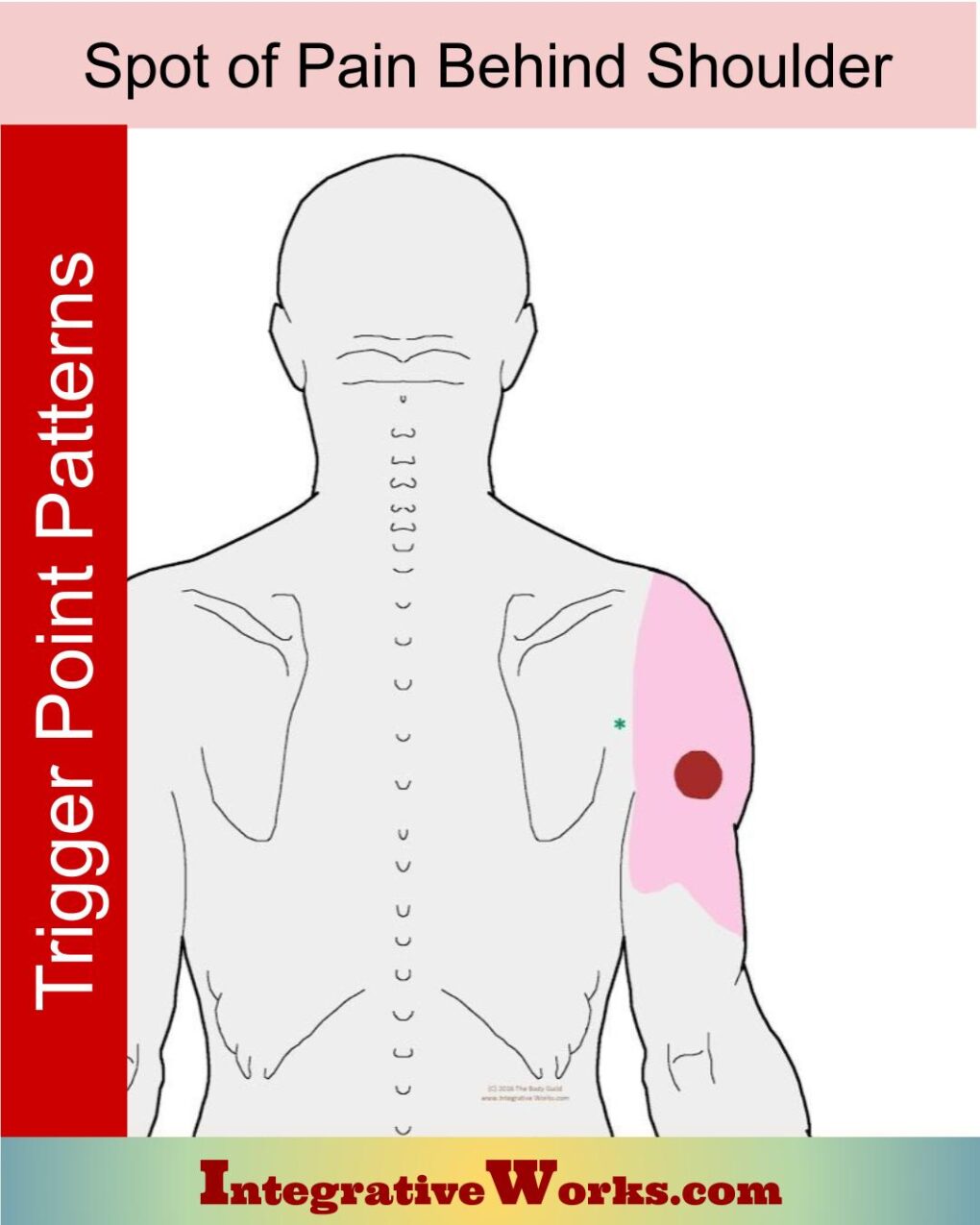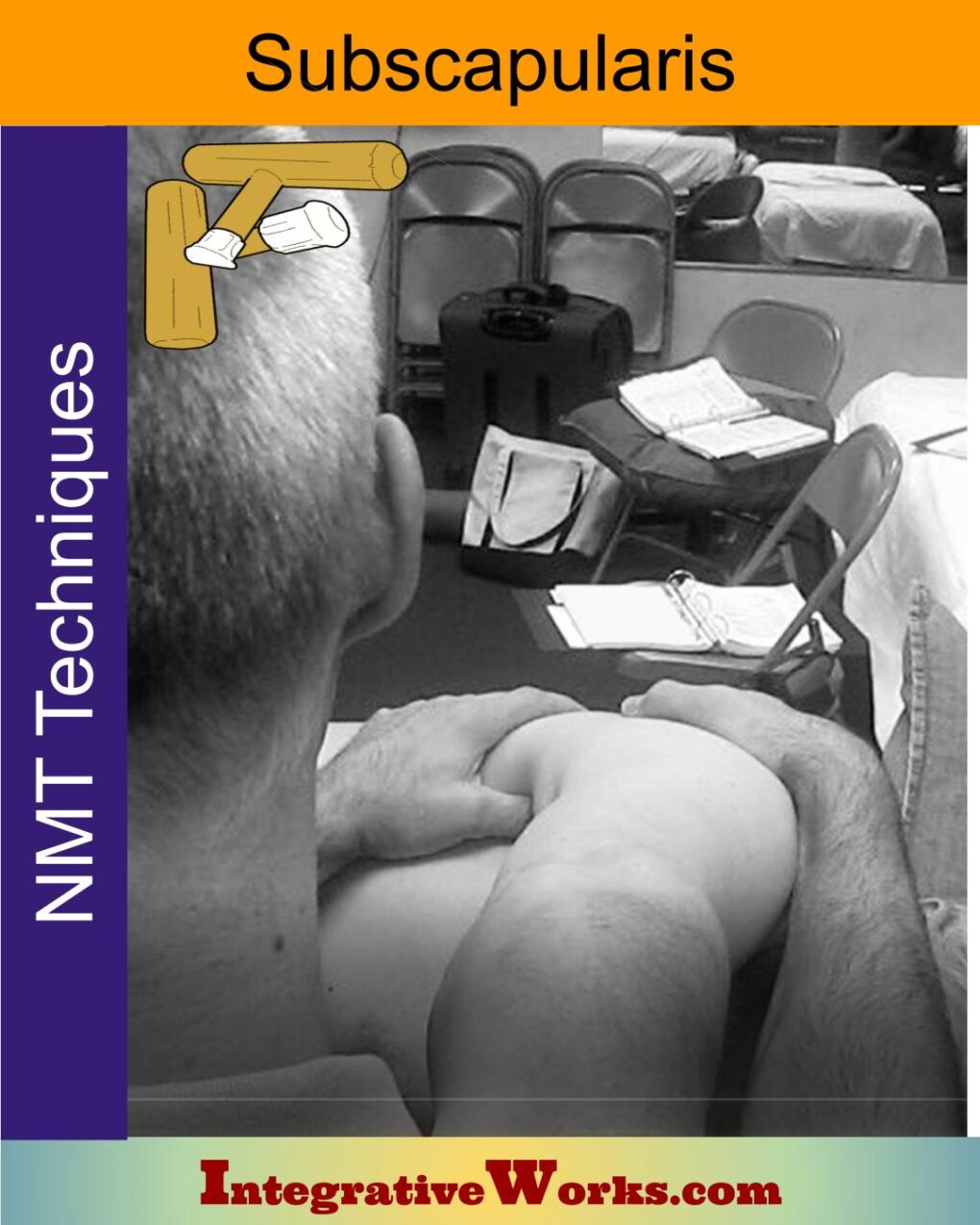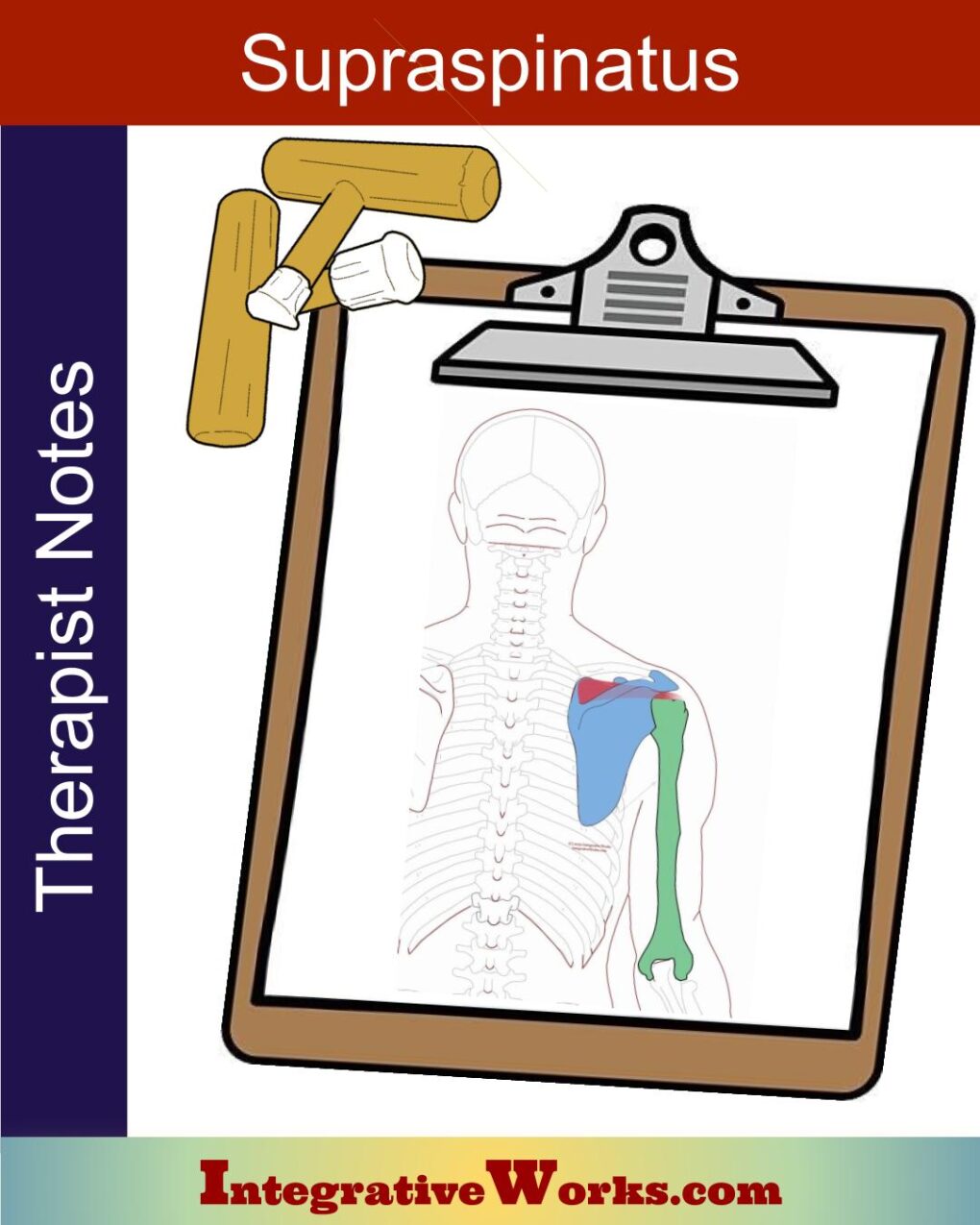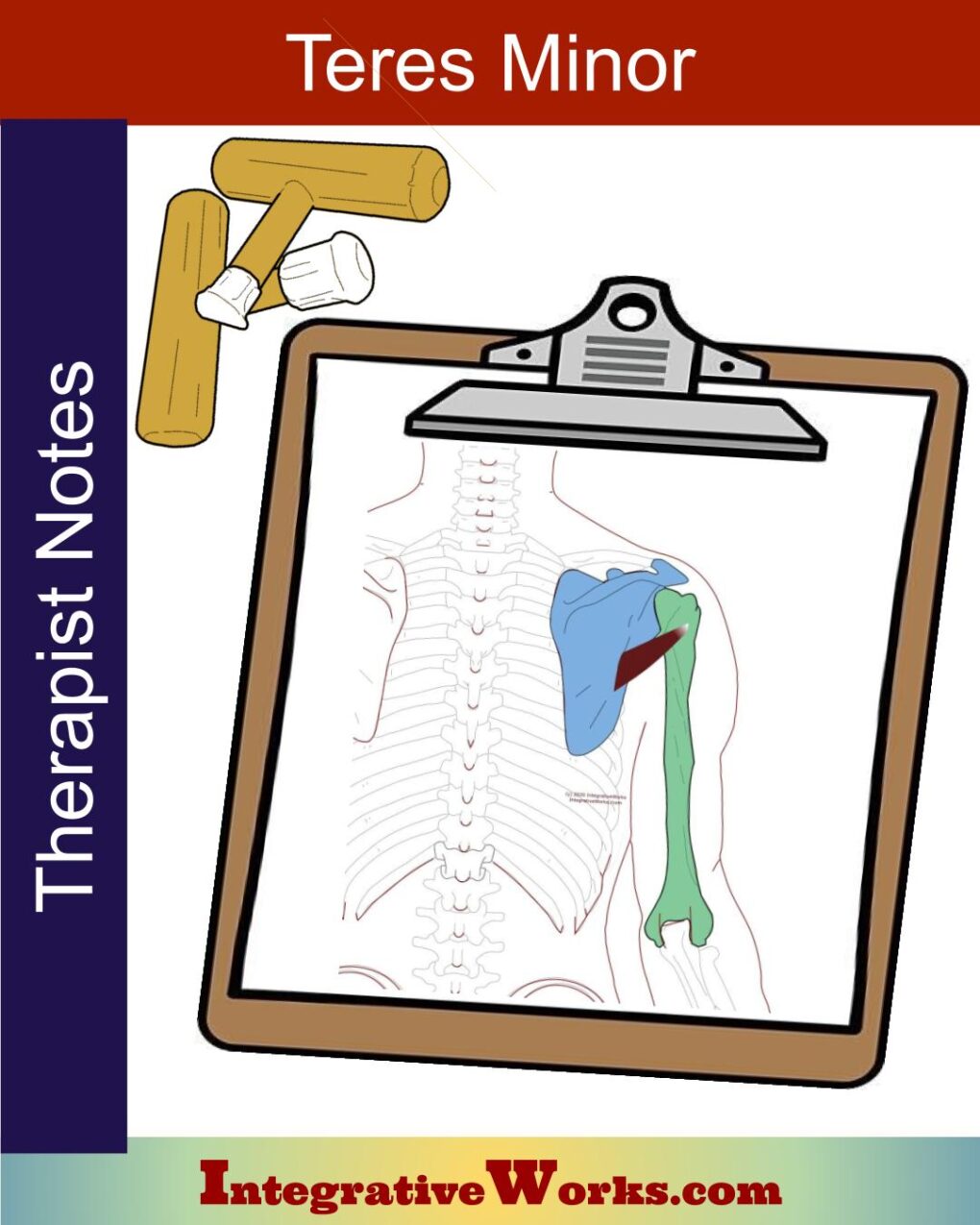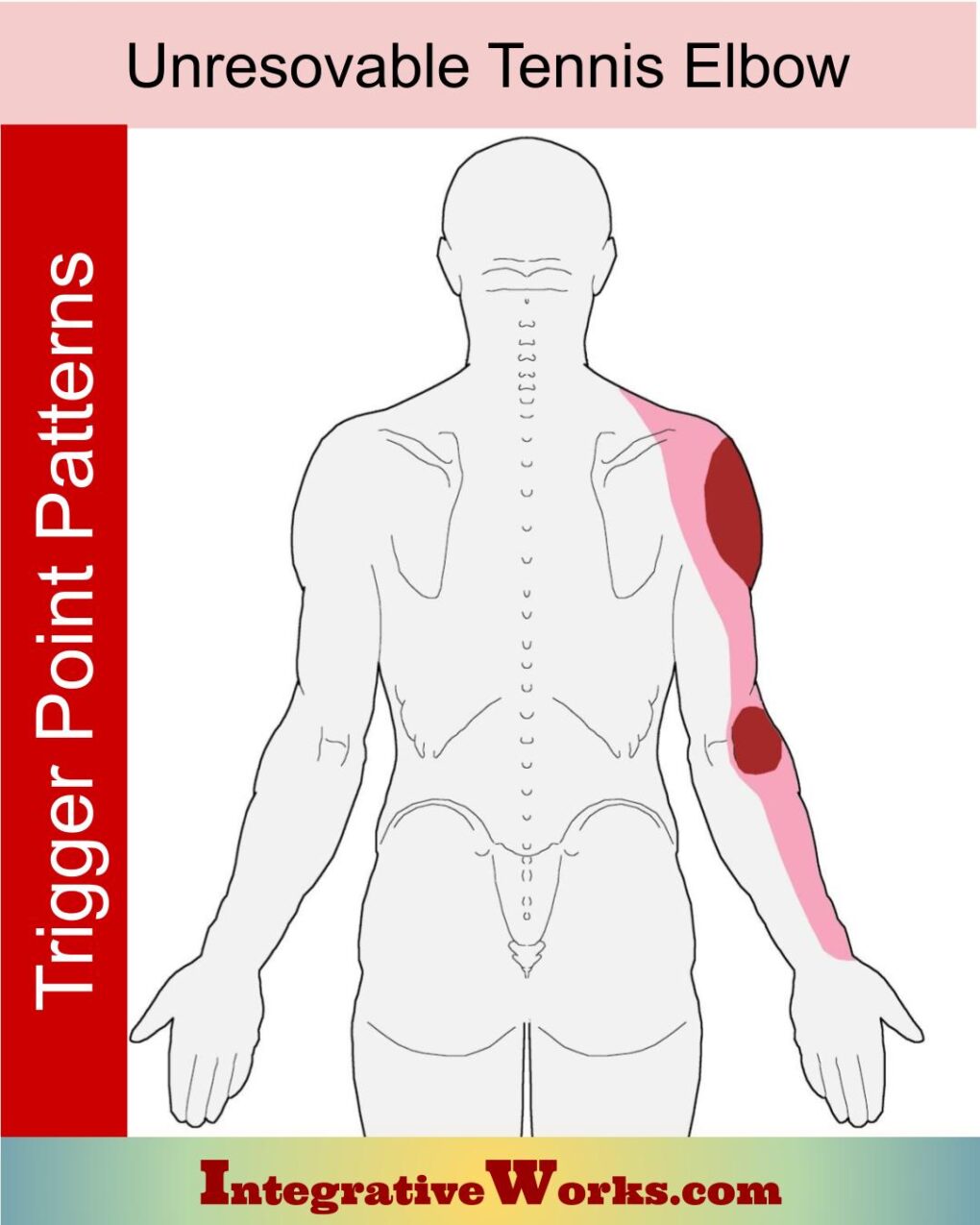
Overview
Rotator cuff muscle anatomy is both simple and complicated in their anatomy. Simply put, they secure and refine movements of the head of the humerus. However, each muscle has complications in structure and function.
Origin
- scapula
Insertion
- head of the humerus
Function
- Stabilize, rotate and adduct the humerus
Innervation
- Brachial Plexus – suprascapular nerve, axillary nerve, upper and lower suprascapular nerves – C4-C6

As a whole, they complete each other in the balancing act of securing the humeral head. However, they are complicated by unexpected attachments and play from other muscles that support the glenohumeral joint.
They work closely with other muscles in the area. Deltoid, for instance, is an important factor for keeping the humeral head supported to prevent rotator cuff tears. Still, studies show that partial and full tears in the rotator cuff are common and frequently asymptomatic. In one extensive study, IT showed that about 30% have rotator cuff tears. About 12% of those tears are full ruptures. As we age, they become more common. This results in 80% of 80-year-olds having rotator cuff tears.
Another study offers this summation of their stabilizing contributions:
Glenohumeral joint stability is provided by a delicate balance between static stabilizers (e.g., glenohumeral joint labroligamentous complex, joint capsule, osseous structures) and dynamic stabilizers, including the rotator cuff muscles (,3). The rotator cuff provides substantial anterior dynamic stability to the glenohumeral joint in the end range as well as the midrange of motion (,4). The infraspinatus, subscapularis, and latissimus dorsi muscles act as stabilizers during flexion, the subscapularis muscle acts as a stabilizer during external rotation, and the subscapularis and supraspinatus muscles work together as stabilizers during extension (,2). The subscapularis, infraspinatus, and teres minor muscles act in unison to firmly center the humeral head within the glenoid fossa (,1). The infraspinatus muscle also has a role as a humeral head depressor (,5). Clinicians suggest strengthening the rotator cuff muscles to compensate for laxity of the joint capsule and ligaments (,4).
from Radiographical Society of America
Related Posts
Here are links to the anatomy pages of these muscles. Each anatomy page has a grid of related posts, including pain patterns, self-care, therapy notes, neuromuscular protocols, and more. This breaks the following grid of related posts into smaller, more specific sections.
This is a more complete list of all posts related to rotator cuff muscles.
Support Integrative Works to
stay independent
and produce great content.
You can subscribe to our community on Patreon. You will get links to free content and access to exclusive content not seen on this site. In addition, we will be posting anatomy illustrations, treatment notes, and sections from our manuals not found on this site. Thank you so much for being so supportive.
Cranio Cradle Cup
This mug has classic, colorful illustrations of the craniosacral system and vault hold #3. It makes a great gift and conversation piece.
Tony Preston has a practice in Atlanta, Georgia, where he sees clients. He has written materials and instructed classes since the mid-90s. This includes anatomy, trigger points, cranial, and neuromuscular.
Question? Comment? Typo?
integrativeworks@gmail.com
Interested in a session with Tony?
Call 404-226-1363
Follow us on Instagram

*This site is undergoing significant changes. We are reformatting and expanding the posts to make them easier to read. The result will also be more accessible and include more patterns with better self-care. Meanwhile, there may be formatting, content presentation, and readability inconsistencies. Until we get older posts updated, please excuse our mess.


